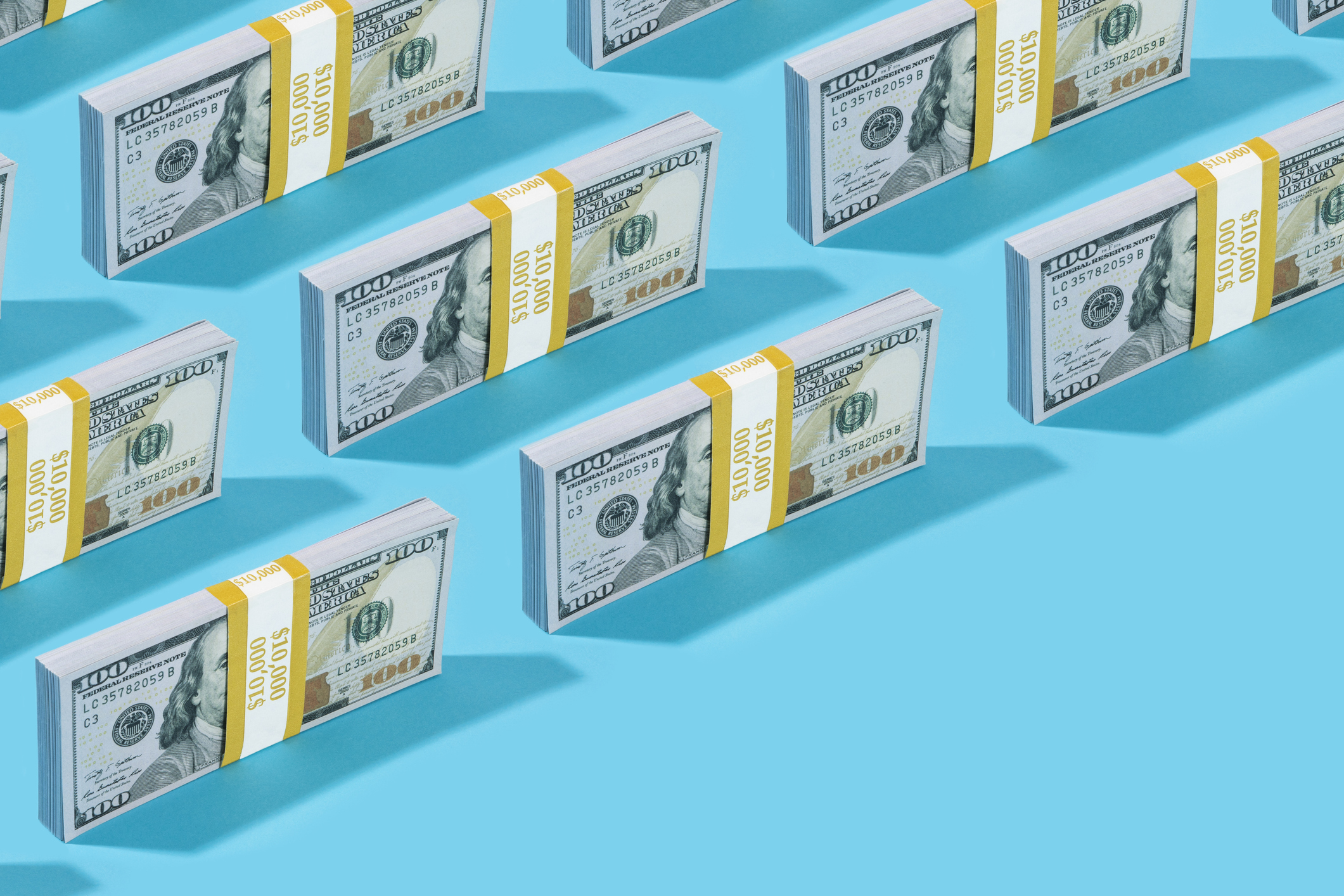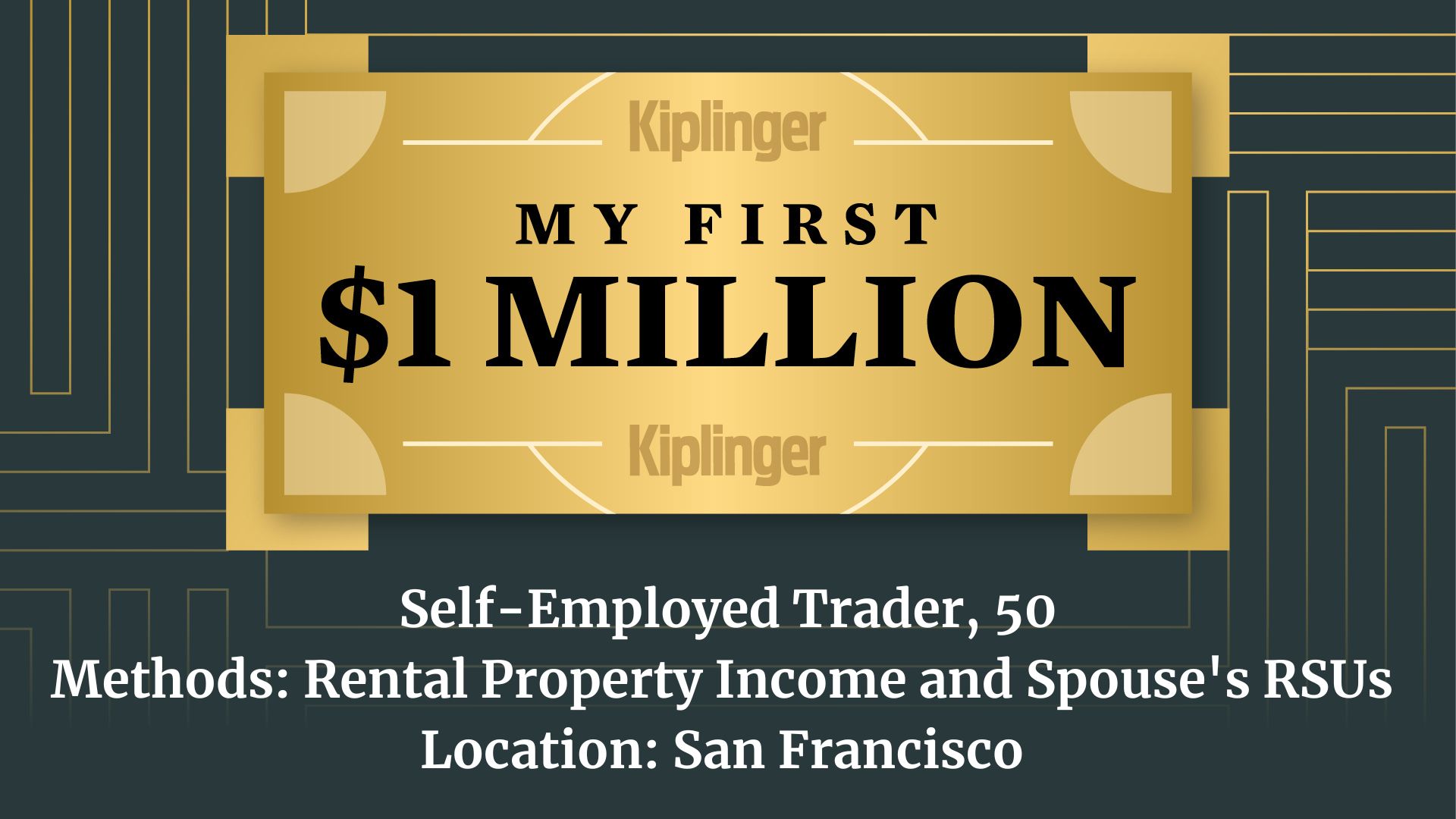The Fed Could Cut Rates Again. What Should Savers Do About CDs and High-Yield Accounts?
Here's what to know about CDs and high-yield savings accounts before the Fed meets to possibly cut rates again.

The Federal Reserve meet on December 17-18 to determine if they need to cut rates for a third time this year. They previously met in November, where they cut rates by 25 basis points, or 0.25%. In a poll conducted by Reuters, 90% of economist believe the Fed will cut rates by another 25 basis points when they meet next week.
With rates dropping, now is a good time to reassess your approach to CDs and high-yield savings accounts to make sure you get the most out of your money. Here’s what you should do about CDs and high-yield savings accounts before the Fed might cut rates again.
What should savers do about CDs and high-yield accounts before a Fed rate cut?
HYSAs
From just $107.88 $24.99 for Kiplinger Personal Finance
Become a smarter, better informed investor. Subscribe from just $107.88 $24.99, plus get up to 4 Special Issues

Sign up for Kiplinger’s Free Newsletters
Profit and prosper with the best of expert advice on investing, taxes, retirement, personal finance and more - straight to your e-mail.
Profit and prosper with the best of expert advice - straight to your e-mail.
If you don’t already have a high-yield savings account, it’s still worth getting one, even after the recent drop in savings rates. Keeping your cash in a high-yield savings account is an easy way to maximize your savings through compound interest, and rates are still much, much higher than rates you’d find on standard savings or checking accounts.
As of December 2, the national average savings account yield was 0.60%, according to Bankrate. Rates for the best high-yield savings accounts still top 4%, even after a drop in rates.
Keep in mind that high-yield savings accounts have variable interest rates, meaning the APY on your account will fluctuate based on the market. Because of this, you won’t be able to lock in rates. However, savings rates might fall gradually over the coming months, instead of falling off immediately — so take advantage of high APYs while you still can.
If you already have a high-yield savings account, now's a good time to check your rates and potentially shop around for an account that will let you earn even more.
Compare rates by using our tool below, powered by Bankrate.
CDs
If you opened a CD account during the boon to savings rates, it may be nearing maturity soon. While many individuals opted for short-term CDs, thanks to their impressive rates, it may now be more prudent to open a long-term CD. Keep in mind that typically, banks renew a CD at a similar term automatically once it matures, so be sure to contact your financial institution before this happens.
Opening a five-year CD can be an easy way to maximize the amount of interest earned on your savings, because of course, the longer you keep your money in a CD, the more interest you’ll earn. Just be sure you’re okay with the time commitment — you won’t be able to withdraw funds or you’ll be charged a fee, offsetting any interest you may have earned.
You can use our tool below, powered by Bankrate, to compare CD rates today.
Bottom line
Starting in March 2022, the Federal Reserve raised interest rates 11 times to combat high inflation. However, as inflation started to cool, the central bank began holding the federal funds rate steady at its 23-year high — a target range of 5.25% to 5.50%
After eight consecutive meetings of holding rates steady, the Fed finally cut rates twice, and might be poised to do so again next week. While this should provide some relief for borrowers as interest rates go down, savings rates will also decline. Rates are expected to continue declining throughout 2026.
You won't be able to lock in rates with a high-yield savings account, so the earlier you start taking advantage of high yields, the better. And while you can lock in rates with a CD, make sure you won't need to access your cash before it matures. If you're okay with tying up a good amount of money for several years, it'll pay off in the long run.
Related Content
Profit and prosper with the best of Kiplinger's advice on investing, taxes, retirement, personal finance and much more. Delivered daily. Enter your email in the box and click Sign Me Up.

Erin pairs personal experience with research and is passionate about sharing personal finance advice with others. Previously, she was a freelancer focusing on the credit card side of finance, but has branched out since then to cover other aspects of personal finance. Erin is well-versed in traditional media with reporting, interviewing and research, as well as using graphic design and video and audio storytelling to share with her readers.
-
 Dow Adds 646 Points, Hits New Highs: Stock Market Today
Dow Adds 646 Points, Hits New Highs: Stock Market TodayIt was "boom" for the Dow but "bust" for the Nasdaq following a December Fed meeting that was less hawkish than expected.
-
 5 Types of Gifts the IRS Won’t Tax: Even If They’re Big
5 Types of Gifts the IRS Won’t Tax: Even If They’re BigGift Tax Several categories of gifts don’t count toward annual gift tax limits. Here's what you need to know.
-
 The 'Scrooge' Strategy: How to Turn Your Old Junk Into a Tax Deduction
The 'Scrooge' Strategy: How to Turn Your Old Junk Into a Tax DeductionTax Deductions We break down the IRS rules for non-cash charitable contributions. Plus, here's a handy checklist before you donate to charity this year.
-
 The Top 22 Gifts for Grandkids from Walmart in 2025
The Top 22 Gifts for Grandkids from Walmart in 2025From PlayStation to Labubu, you'll find the hottest gifts of 2025 for your grandkids at Walmart this year. Some of them are up to 78% off.
-
 CD vs. Money Market: Where to Put Your Year-End Bonus Now
CD vs. Money Market: Where to Put Your Year-End Bonus NowFalling interest rates have savers wondering where to park cash. Here's how much $10,000 earns in today's best CDs versus leading money market accounts.
-
 Meet the World's Unluckiest — Not to Mention Entitled — Porch Pirate
Meet the World's Unluckiest — Not to Mention Entitled — Porch PirateThis teen swiped a booby-trapped package that showered him with glitter, and then he hurt his wrist while fleeing. This is why no lawyer will represent him.
-
 Smart Business: How Community Engagement Can Help Fuel Growth
Smart Business: How Community Engagement Can Help Fuel GrowthAs a financial professional, you can strengthen your brand while making a difference in your community. See how these pros turned community spirit into growth.
-
 Smart Money Moves Savers Should Make in 2026
Smart Money Moves Savers Should Make in 2026These steps will get you on the road to achieving your 2026 savings goals.
-
 How Much Would a $50,000 HELOC Cost Per Month?
How Much Would a $50,000 HELOC Cost Per Month?Thinking about tapping your home’s equity? Here’s what a $50,000 HELOC might cost you each month based on current rates.
-
 My First $1 Million: Self-Employed Trader, 50, San Francisco
My First $1 Million: Self-Employed Trader, 50, San FranciscoEver wonder how someone who's made a million dollars or more did it? Kiplinger's My First $1 Million series uncovers the answers.
-
 Waiting for Retirement to Give to Charity? Here Are 3 Reasons to Do It Now, From a Financial Planner
Waiting for Retirement to Give to Charity? Here Are 3 Reasons to Do It Now, From a Financial PlannerYou could wait until retirement, but making charitable giving part of your financial plan now could be far more beneficial for you and the causes you support.